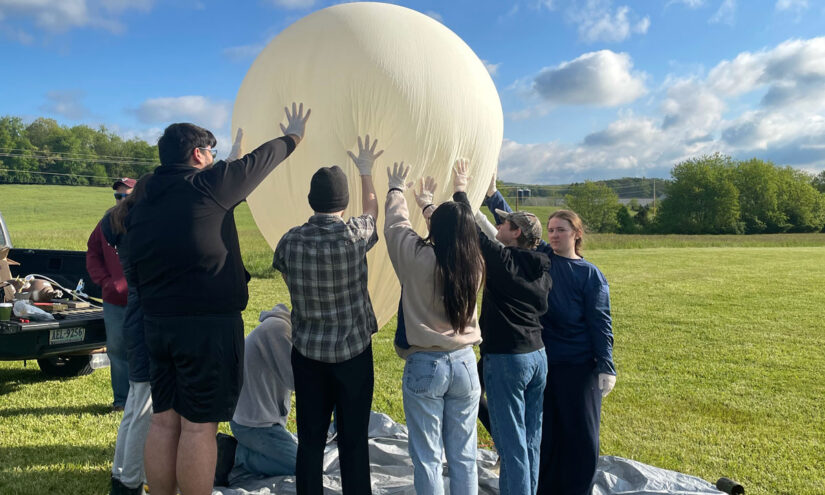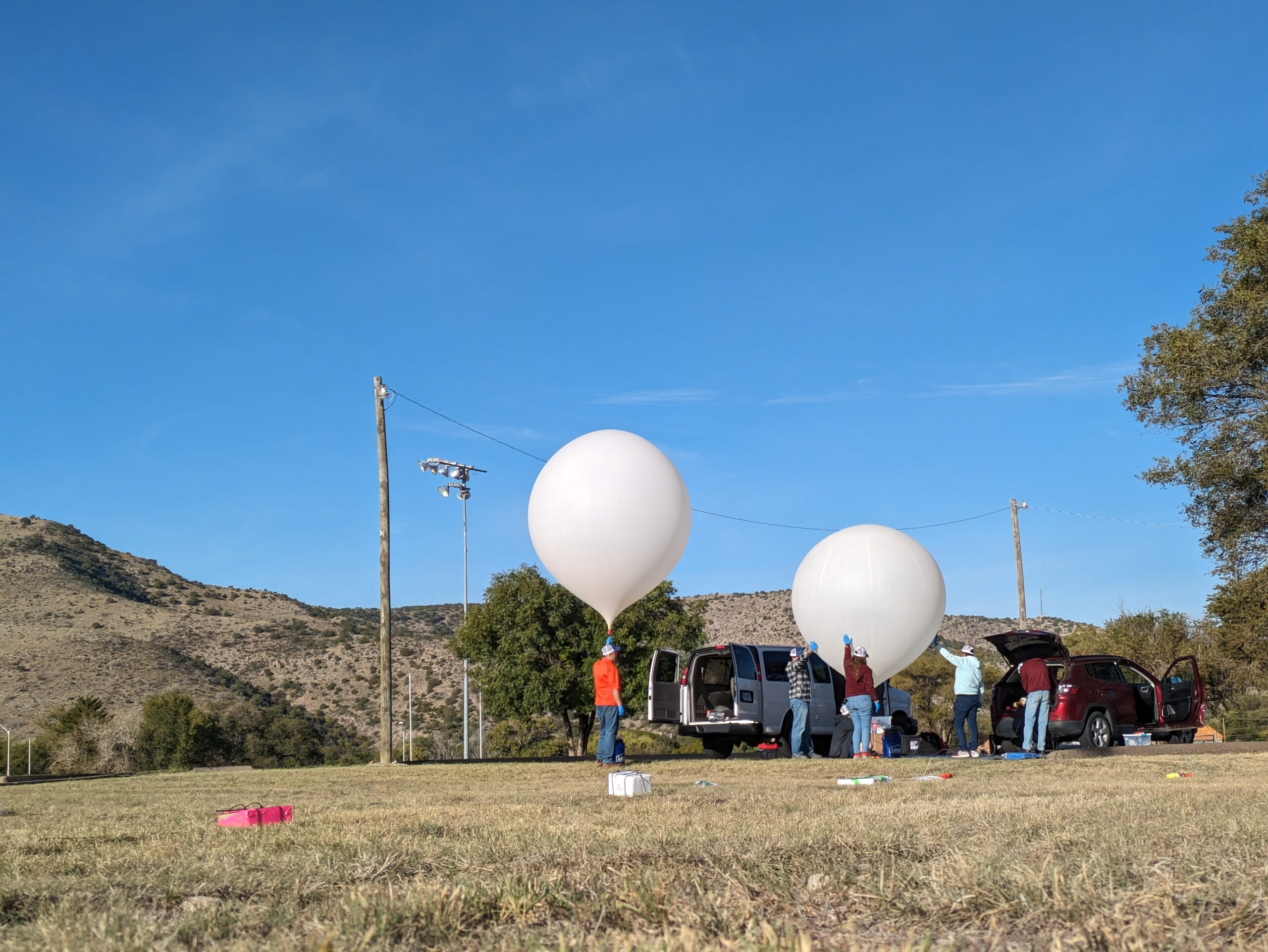During this summer, a team of students from MIT embarked on a journey to the sou …
800 STEM Students Across the Country Prepare to Launch Weather Balloons on Eclipse Day
Emma Wordsmith

April 5, 2024
Twenty enthusiastic students from Virginia Tech have spent the last 18 months meticulously preparing their scientific balloons for the upcoming Eclipse Day. Alongside approximately 800 other undergraduates across the country who are involved in the NASA-sponsored National Eclipse Balloon Project, these STEM students will be launching balloons equipped with scientific instruments to collect additional data on Earth’s atmosphere.
On April 8, a total solar eclipse will traverse North America, passing over much more densely populated areas of the United States compared to the previous eclipse in August 2017. The initiative, initiated by Montana State University in 2017 to engage STEM students in this historic event, includes 53 teams tasked with documenting an occurrence that won’t occur again for another two decades.
Angela Des Jardins, the project director, emphasizes that the program offers students hands-on experiences not typically available in a classroom setting. Among the 75 participating colleges, 30% are minority-serving institutions and 15% are community colleges.
“Ballooning has a long history, and while larger institutions with more resources can easily engage in such activities, the key is to provide opportunities to students who might not otherwise have access to them,” Des Jardins explained.
Additionally, the project connects students with over 200 mentors and features a speaker series where professionals from NASA and other experts in the field share career insights.
The project is divided into two branches: atmospheric science and engineering. Each group is concentrating on preparing their payloads. The atmospheric science teams are equipping themselves with instruments like radiosondes, used to measure temperature, humidity, and wind speed. These instruments are akin to those utilized by the National Weather Service across its 93 stations nationwide, albeit utilized more rigorously by students for this project.
“What sets our approach apart from the National Weather Service is that instead of conducting two flights a day, students will be flying one every hour, 24 hours before the eclipse and then six hours after,” Des Jardins elaborated.
Conducting multiple flights with radiosondes allows students to observe and compare the atmospheric changes before and during the eclipse, caused by the moon’s cold, dark shadow.
For the engineering teams, the payloads feature various camera types, including GoPros and 360-degree cameras. NASA plans to livestream the images captured by these cameras on its website.
The project serves not only to document history and aid environmental scientists in better understanding the atmosphere for climate change research but also provides students with valuable experiences as they pursue internships, graduate studies, and careers.
During her senior year at Kentucky State University as a mechanical engineering student, Virginia Smith participated in the 2017 challenge. Like many current participants, Smith joined the project with minimal experience in technical electronics. Her responsibilities included constructing boxes for the cameras to be attached to the balloon’s flight string. As the mission lead, precise timing was vital to ensure the balloon reached 10,000 feet at the exact moment of totality, when the moon completely obstructs the sun.
“We created timelines to ensure we reached a specific altitude during totality to record footage, the primary goal of the project,” Smith shared. “As the mission controller, your focus is not only on preparing other payload handlers but also on adhering to that timeline. With a narrow launch window, missing your target altitude could lead to missed objectives.”
Smith attributes her interest in satellites and balloons to her participation in the project seven years ago. The experience also proved valuable during her internships at NASA in 2016 and 2017, where she concentrated on designing small satellites and performing finite element analysis, a method predicting an object’s behavior under various conditions.
Now pursuing a Ph.D. in aerospace engineering at Virginia Tech as a graduate research assistant, Smith has been mentoring this year’s participants for the past 18 months, sharing her firsthand expertise as a former mission lead. On the day of the eclipse, the team will be stationed at Three Rivers College in Missouri, managing two balloons.

The design considerations during internships at NASA played a critical role in the 2017 eclipse project. “We were focused on designing payloads to withstand various landing scenarios, such as water, tall trees, or rooftops,” Smith explained. “Our designs needed to ensure survival both in the atmosphere and upon landing.”
Smith eagerly anticipates this year’s total eclipse and, more so, witnessing the culmination of several months of hard work by the students, encompassing test launches and payload development. Some team members are transfer students from community colleges with diverse skill sets and no prior engineering or ballooning background. This experience has proved instrumental in helping multiple students secure summer internships.
“We’ll savor the eclipse and totality. It will be an thrilling event for everyone, especially those students who have not witnessed an eclipse before,” Smith remarked. “This is a unique opportunity for them to experience a natural phenomenon that won’t traverse coast to coast in the U.S. for several years.”


